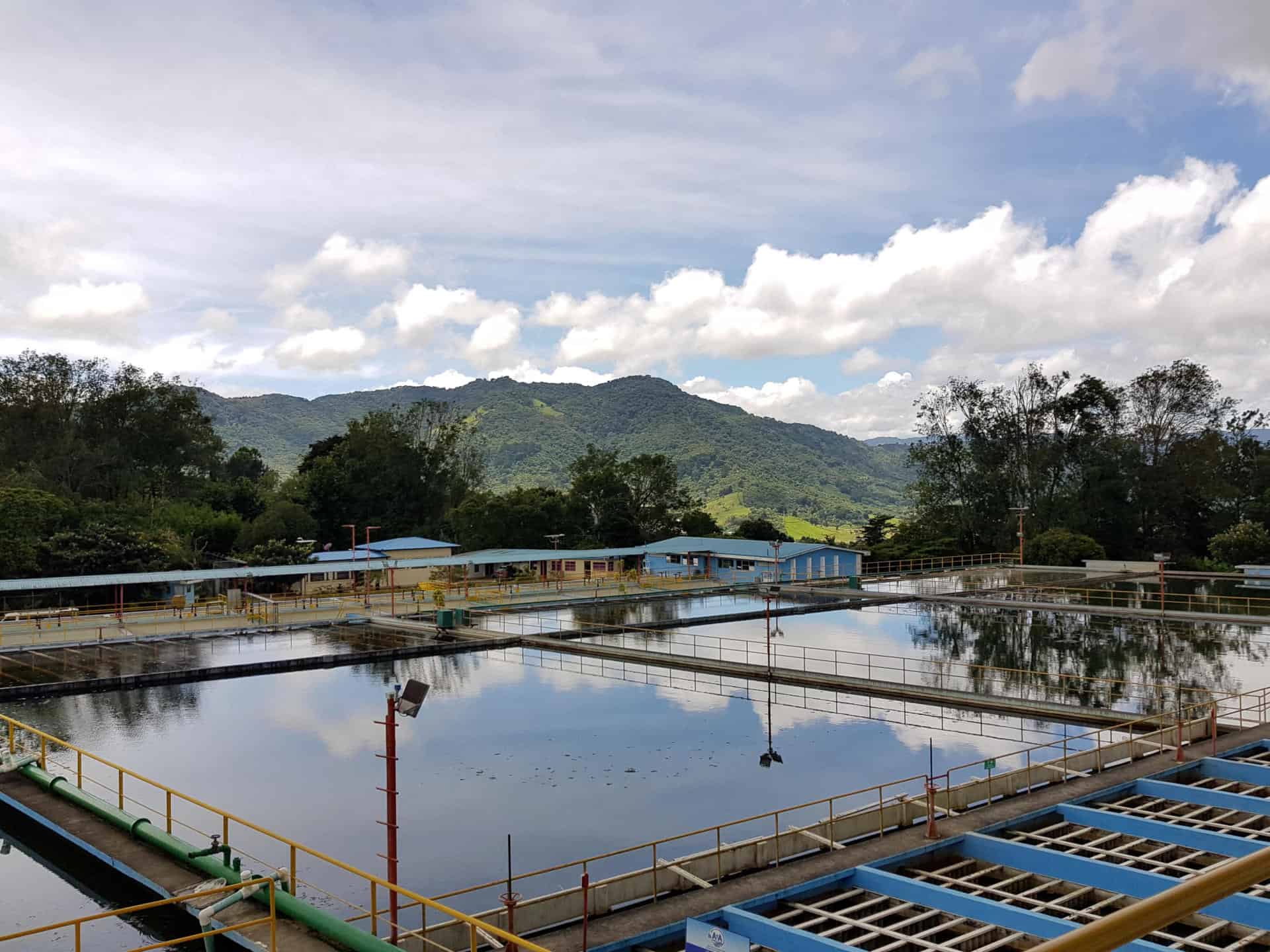Most of the water supply problems faced by the country are the responsibility of the Costa Rican Institute of Aqueducts and Sewerage (AyA). A recent report by the Comptroller General’s Office and the Ombudsman’s Office exposed the institution’s financial situation, and its problems in meeting the needs of the population.
The Comptroller General’s Office explained that the management of AyA’s portfolio of investment projects for potable water supply and wastewater sanitation has not been effective and hasn’t reached vulnerable populations and hasn’t been “effective and efficient in managing the time, cost, and scope of the portfolio.”
According to the report, this causes a delay in meeting citizens’ needs, affecting the benefit for 2.8 million people in drinking water and 1.2 million people benefiting from sanitation projects.
Some of the most affected areas include the Limón Golfito, Quepos, Palmares, Jacó, Tamarindo, and the Coco-Sardinal area. In addition, they warned that priority projects are not detected according to the current and future needs of Costa Ricans. The report also stressed that the design and management of AyA’s investment portfolio present an incipient level and lack a logical and systemic sequence.
Inefficient management has led AyA to a situation of fragility, in which it is projected to become financially unsustainable due to the lack of recognition of investment costs in the tariffs that maintain the services, leading to an increase in the proportion of income to be allocated to the payment of obligations each year. The current situation is hindering progress towards SDG 6, which seeks to ensure the availability and sustainable management of water.
The Ombudsman’s Office contends that the current efforts have fallen short, emphasizing the need for more robust planning and execution, along with more efficient approaches to medium and long-term infrastructure projects.
These measures could significantly alleviate the strain on water resources and enhance the provision of drinking water services, particularly during periods of drought. They also emphasized that the institution receives repeated complaints of problems with AyA services.
In detail, the Ombudsman’s Office revealed several critical findings: a staggering 57% loss in drinking water, prolonged project execution timelines averaging between 10 to 15 years, an alarming 80% of meters displaying under-registration of consumption, and a concerning 70% of aqueduct systems experiencing hydric stress.







